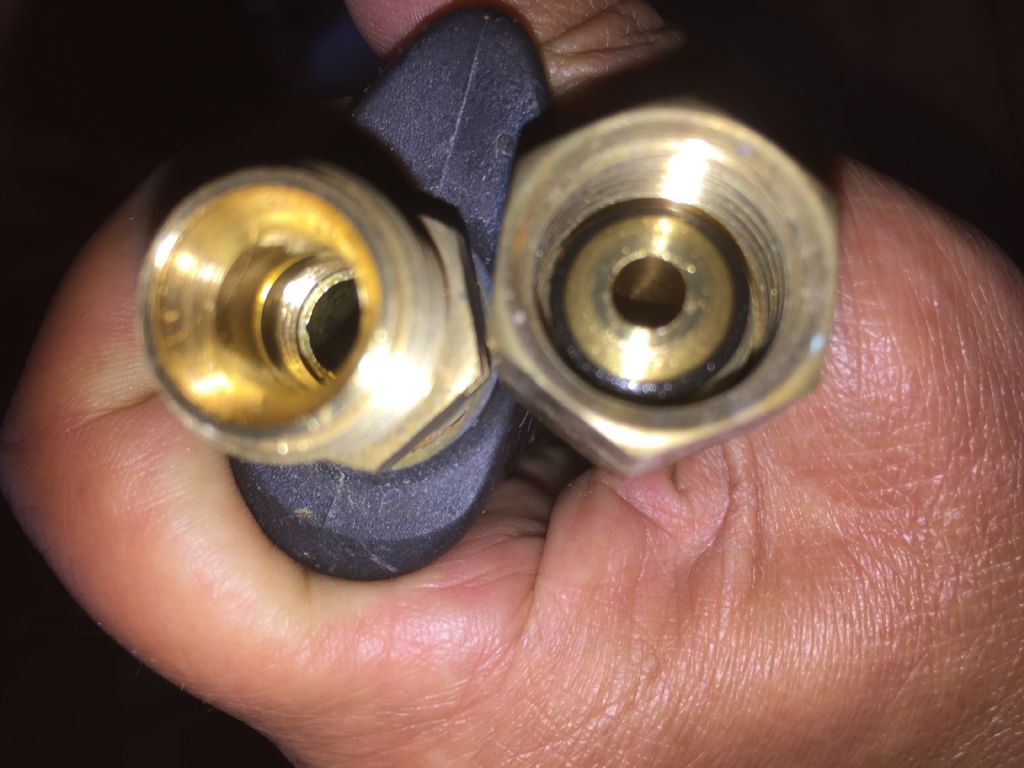MichaelG – you've asked the 64 thousand BTU question, and I freely admit I don't know the answer. I've got an old butane cylinder with a left hand male thread on it, but I think the modern ones have a right hand thread, or (more usually) a plug in fitting. I assume it's because Joe Public, not reliably knowing which way to turn the nut, was wrecking the cylinder valve and it was deemed the lesser hazard to use a RH thread. But that's conjecture on my part.
It is true, however, that one wouldn't normally expect to use butane and oxygen as a combination so there isn't the same propensity of filling the fuel gas bottle with oxygen. The design of an oxy-acetylene set up is all about keeping the fuel and oxygen paths separate until they meet in the copper nozzle, and one way valves so the gasses can't pass back to the other bottle which would be very exciting! One would expect to use the same set up with oxy-propane (at least for cutting) and the fittings on the bottles are compatible. Somebody is going to point out that the advice is not to pass propane through an acetylene regulator.
To return to the original point, I think you've probably hit the nail on the head – butane wouldn't be used as a fuel gas in conjunction with oxygen, if only because your local BOC (other suppliers are available) depot would refuse to supply the fittings to do so, and the OP's plan to make his own fittings isn't how the H&S tribes see this. Making your own set up begs the question of knowing enough not to create a monster.
Best rgds Simon
Alistair Robertson 1.





